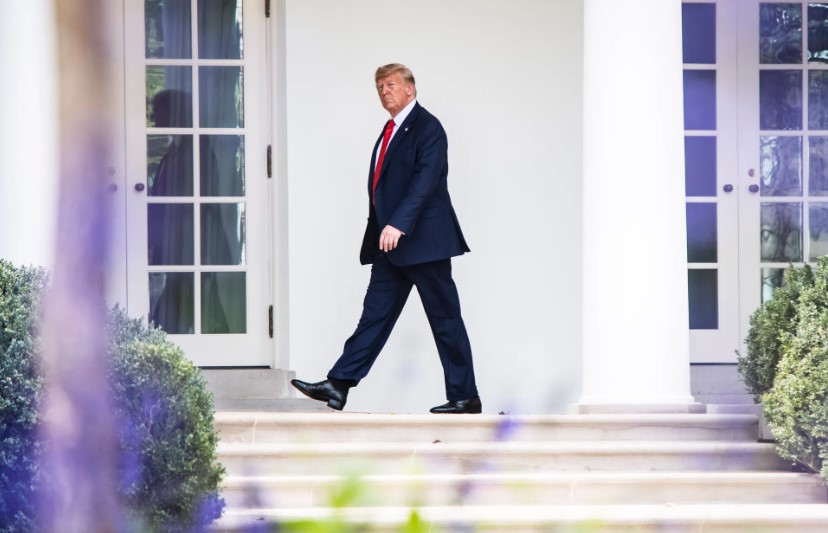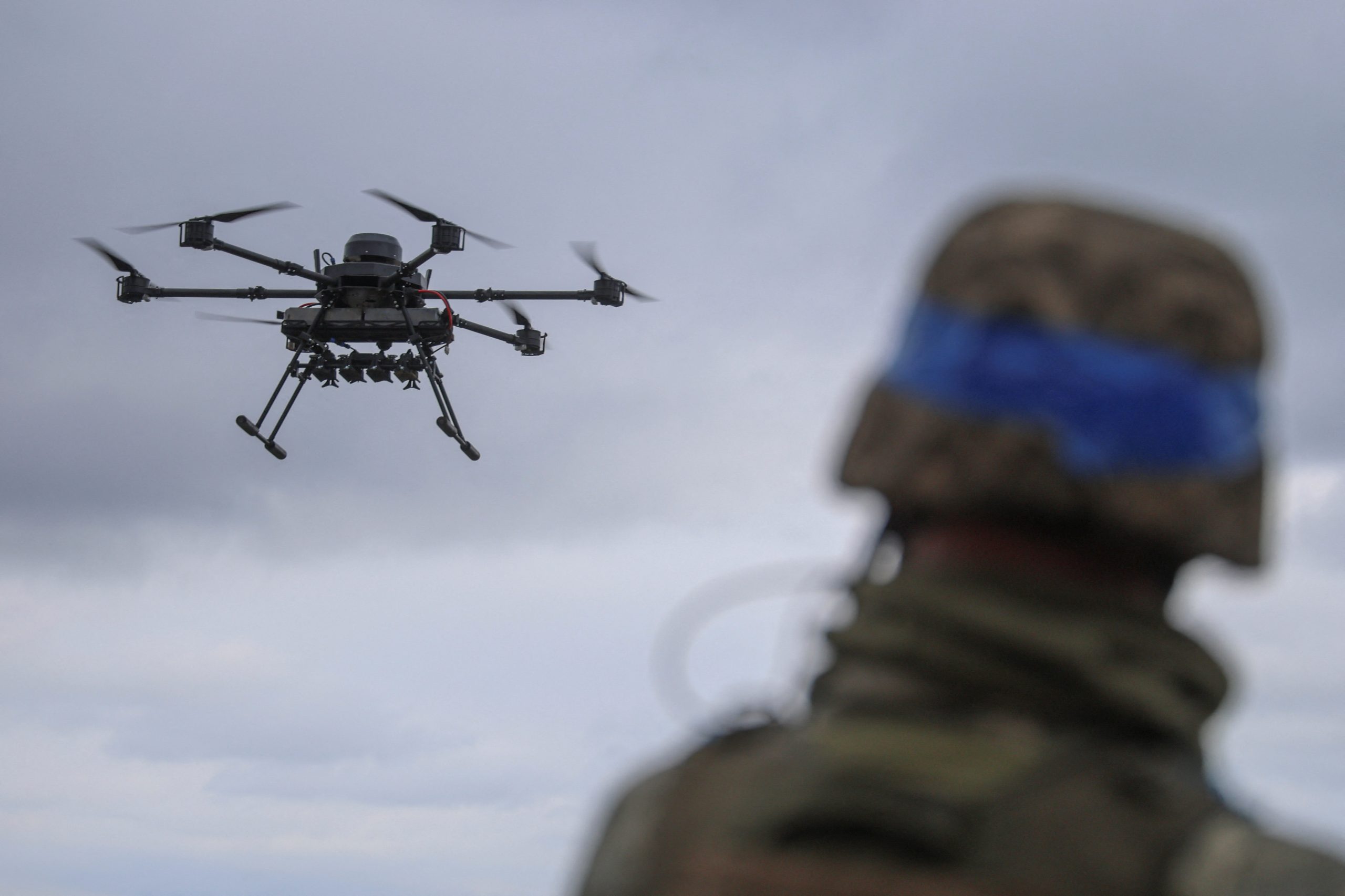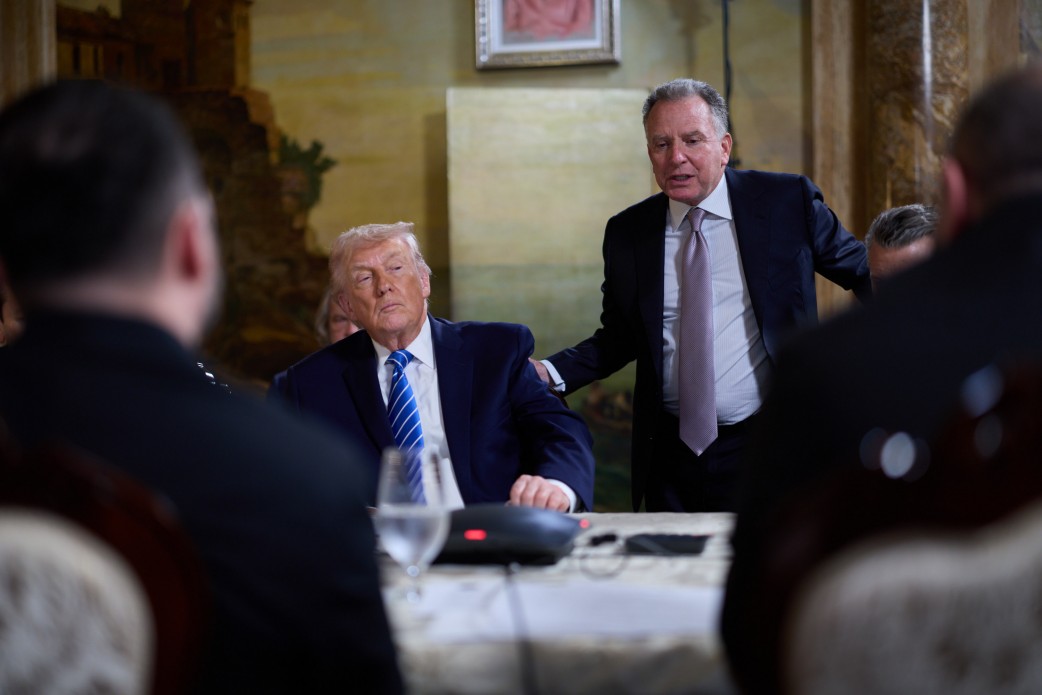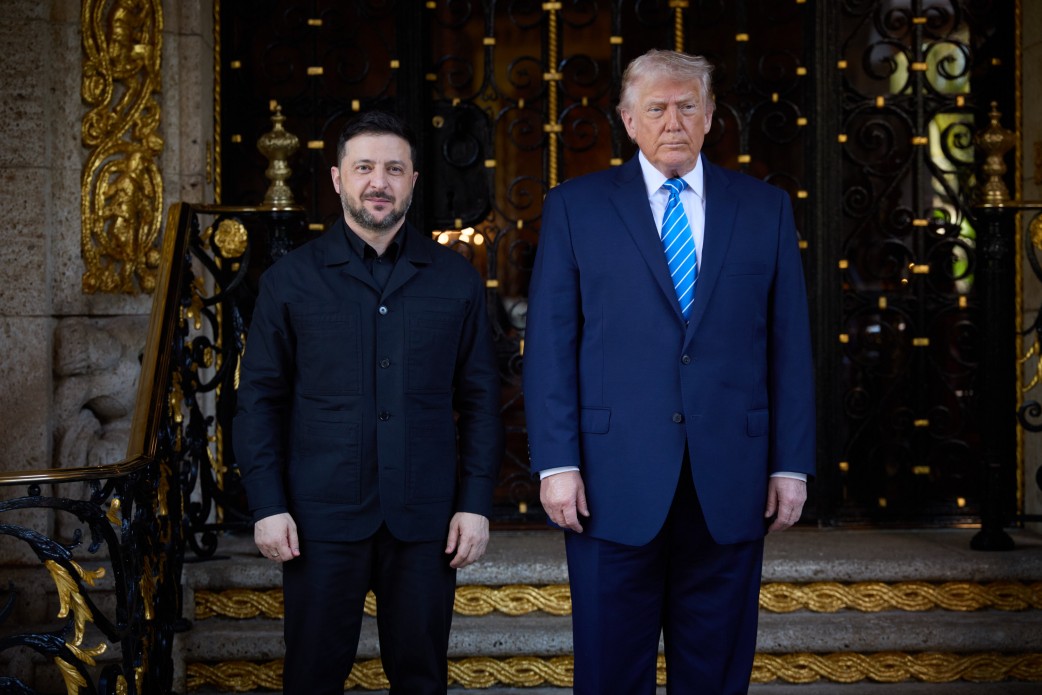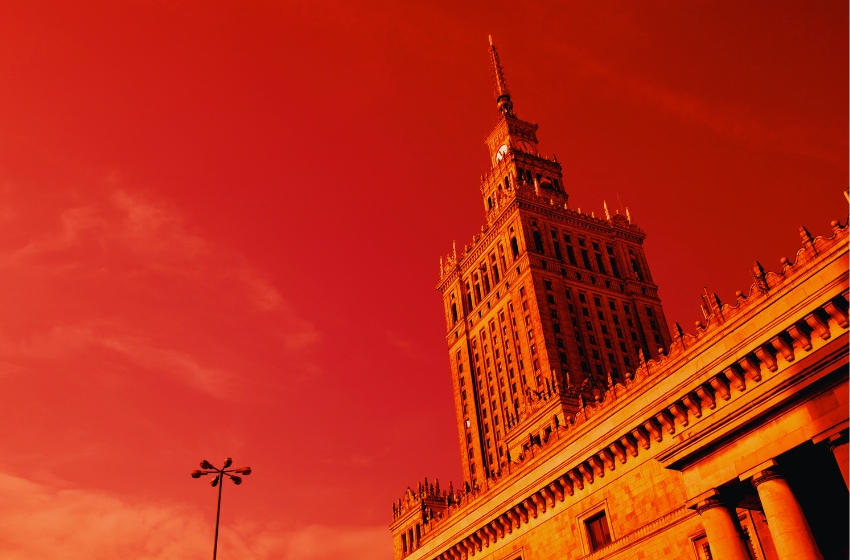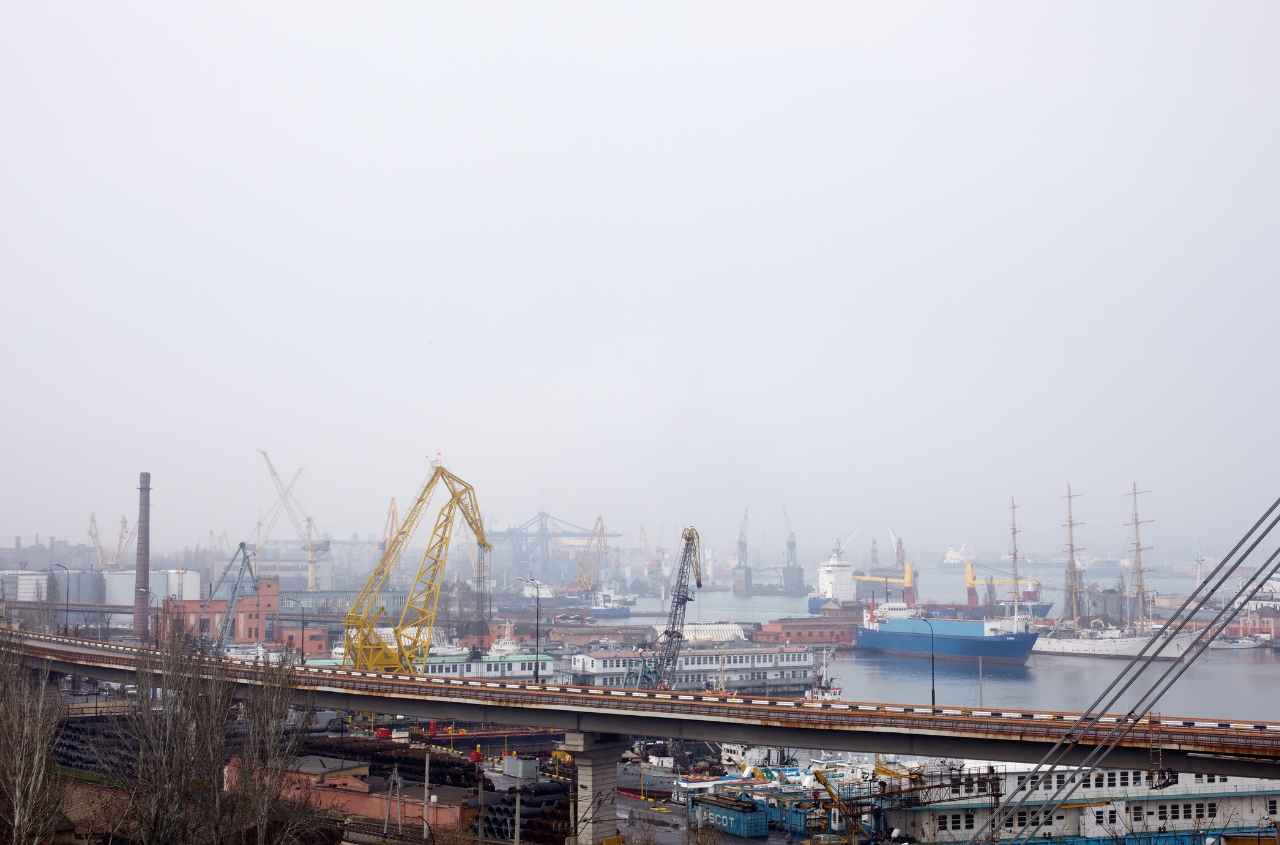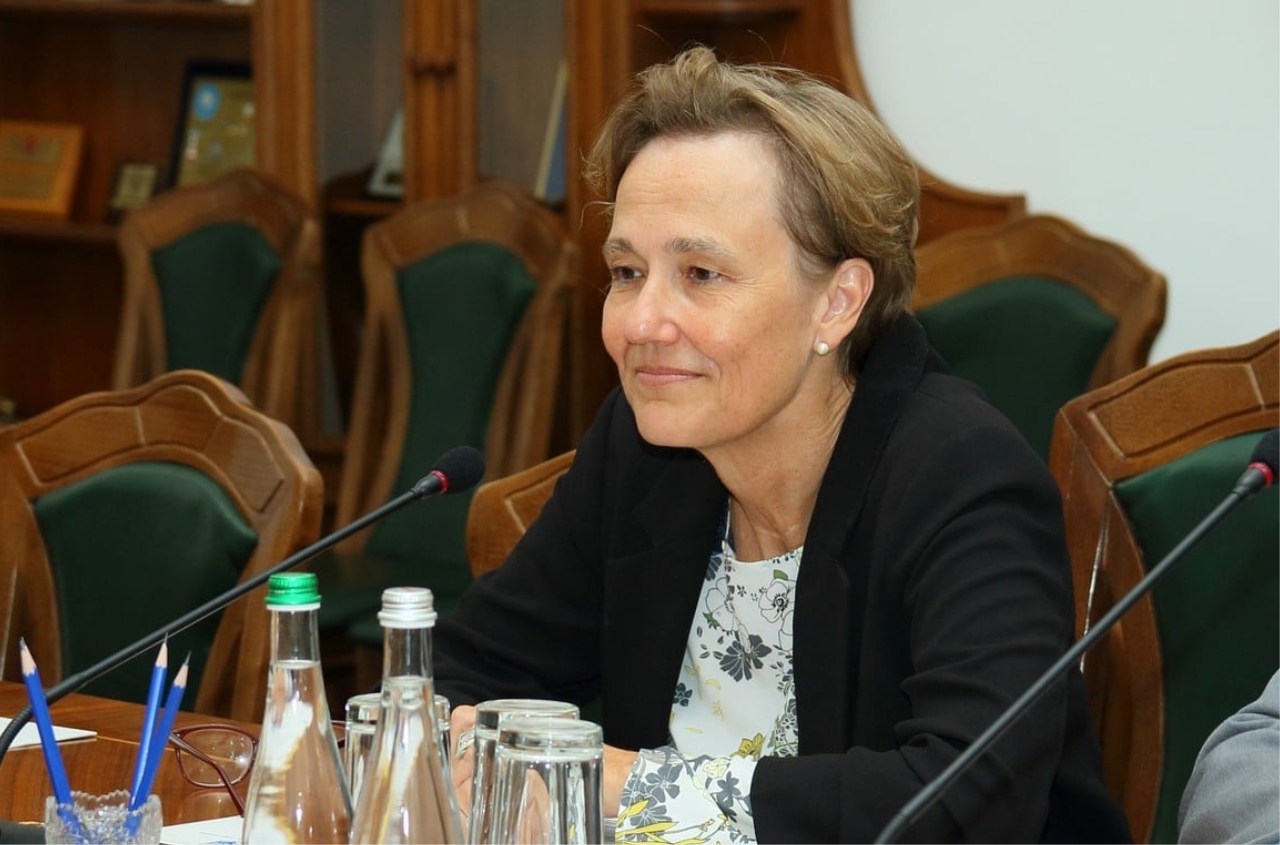By Vladislav Inozemtsev, doctor of economics, co-founder of the European Centre for Analysis and Strategies
Main image by Jabin Botsford / The Washington Post / Getty
This week has been marked by Trump’s “ultimatum,” which (like most of his statements) is revised almost hourly. We’ve already heard that it didn’t involve long-range missile deliveries to Ukraine, but the fifty-day deadline might be shortened. The Kremlin has not responded directly to Washington’s statements, but according to informed sources, it paid them little attention, choosing instead to continue the “special military operation” and seize ever more Ukrainian territory.
At least since the end of the “partial mobilization,” I have repeatedly said that Vladimir Putin has no intention of ending the so-called special military operation (SMO), because for him it’s not a means to achieve a specific goal, but valuable simply as a process (this was partly confirmed by his own stories about the "action" it creates). At the beginning of this year, I clearly answered “no” when asked whether the SMO would end in 2025 – even though hopes for peace were quite strong at the time. And today, the Kremlin’s intentions appear unchanged: it believes it has enough resources for another round of large-scale victories.
Meanwhile, continuing the offensive under current conditions looks like a textbook case of “dizzy with success.” Moscow simply refuses to notice the changing situation surrounding its SMO. While rightly believing that the United States plays first fiddle in the Western “orchestra,” Putin has failed to take advantage of offers made by Donald Trump since February 2025. Of course, those offers may not have fully matched his innermost wishes – but it’s clear that the proposals have been moving from more favorable to less. The Kremlin is acting like a gambler who can’t tear himself away from the card table and, frankly, is increasingly bluffing. That might work tactically against Trump – but it cannot be a strategy.
With his Monday address, the U.S. president crossed a certain line – or rather, backed himself into a corner. He must now follow through on his threat if Putin refuses a ceasefire (and he will refuse) – but he’s not in a position to do so, because the much-talked-about 100% tariffs on all of Russia’s trading partners would mean breaking ties with dozens of countries (which could trigger an economic crisis). However, that doesn’t mean Trump will hang his head in shame and “disappear from the radar” to lick his wounds – emotional moves are more likely, and the U.S. leader has shown flashes of resolve before (as Tehran already found out).
Which brings us to the main question: does the Kremlin actually have a plan for the near future? Its current strategy seems to be based on the assumption that “Trump will once again chicken out” – but what if he doesn’t? Is it really impossible to ensure clear superiority of Ukrainian forces over Russian ones and rout them in a specific sector of the front? Or to impose 100% tariffs – for example, on India – and see how many weeks it continues importing Russian oil afterward? Does Moscow have answers for that? What actions would it take in such scenarios? I find it hard to believe that such calculations have been made or are being made. And that’s why the situation unfolding in recent days seems very dangerous to me...









